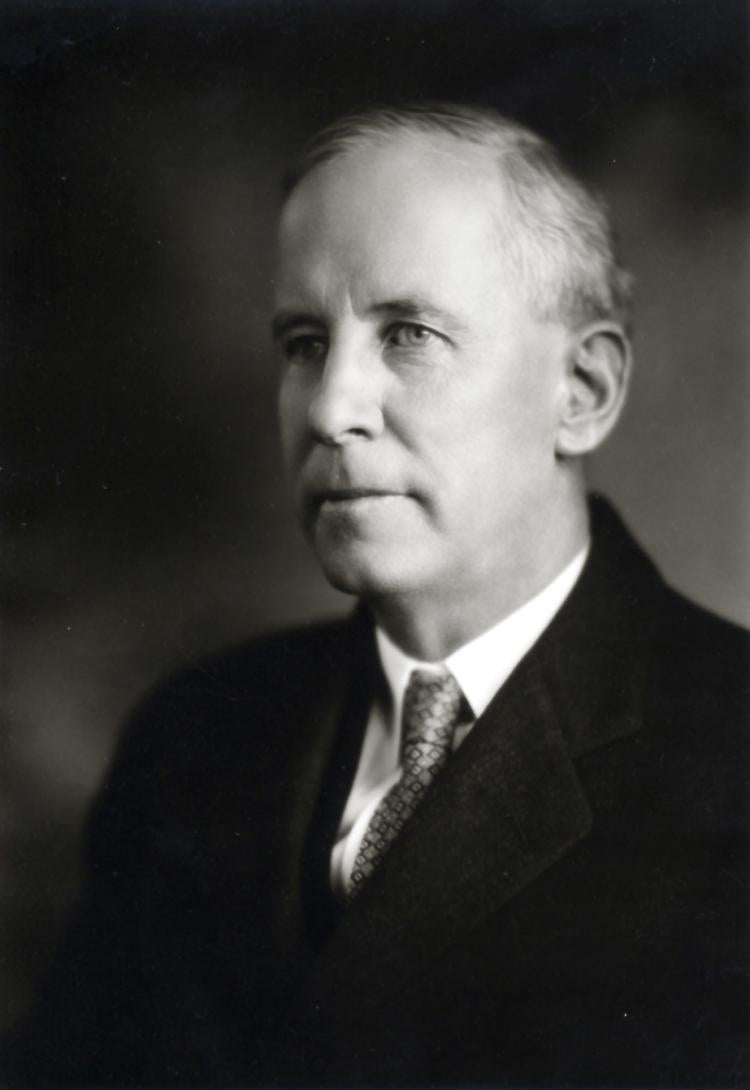Forever Buffs: Norlin's lasting call
In 1899, 23 years after the University of Colorado Boulder was established, a Greek professor began his career at the university.
After three decades of service, 22 of which were as CU president, the school was forever changed.
George Norlin became president of CU in 1917. During his tenure, he oversaw the implementation of Charles Klauder’s iconic architectural designs for the campus, watched the student population triple and completed a $4 million building program despite the troubles of the Great Depression, according to the CU Heritage Center.
CU was thriving as one of the best universities in the nation.
But it was Norlin’s dedication to humanity that established his greatest legacy.
In the 1920s, the Ku Klux Klan demanded Norlin fire all Catholic and Jewish faculty. If he complied, he would receive the legislative support he needed from the state of Colorado.
He refused.
“We can, perhaps, afford to play politics with many things, but not with education,” he said.
His commitment to the betterment of the people who comprised CU helped contribute to the long-term successes of the university today.
At the June 1935 commencement ceremony, Norlin told the graduates: “Wherever you go, the university goes with you. Wherever you are at work, there is the university at work.”
The words were part of a written charge now read to the graduating class each year. Each spring they serve as a reminder that CU is more than a fleeting experience; instead, it is who we are.

This exercise denotes not your severance from her, but your union with her. Commencement does not mean, as many wrongly think, the breaking of ties and the beginning of life apart. Rather, it marks your initiation in the fullest sense into the fellowship of the university, as bearers of her torch, as centers of her influence, as promoters of her spirit.
The university is not the campus, not the buildings on the campus, not the faculties, not the students of any one time — not one of these or all of them. The university consists of all who come into and go forth from her halls, who are touched by her influence and who carry on her spirit. Wherever you go, the university goes with you. Wherever you are at work, there is the university at work.
What the university purposes to be, what it must always strive to be, is represented on its seal, which is stamped on your diplomas — a lamp in the hands of youth. If its light shines not in you and from you, how great is its darkness! But if it shines in you today, and in the thousands before you, who can measure its power?
With hope and faith, I welcome you into the fellowship. I bid you farewell only in the sense that I pray you may fare well. You go forth but not from us. We remain but not severed from you. God go with you and be with you and us.


